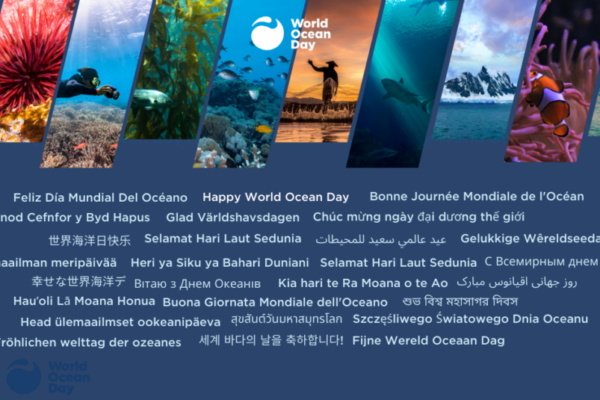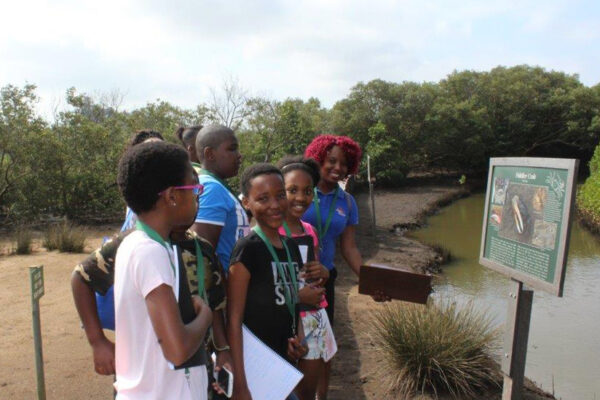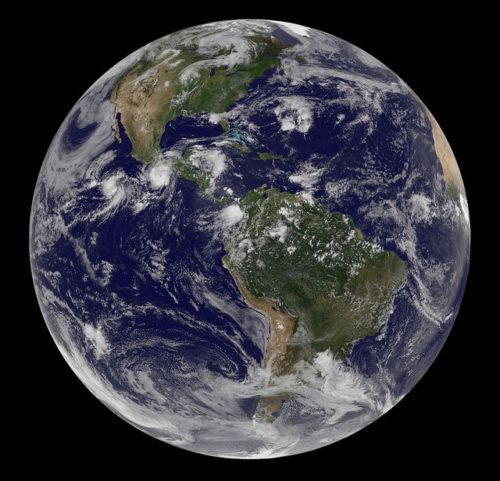Recently, I was spending a couple of days by myself at the Southern Delaware shore that advertises itself as “low and slow,” and this time of year it’s more like low and slower, which makes it a great time to get away. But sometimes when you want to get away, you can’t.
One night I went out for dinner and it was if I’d found heaven – a quiet and empty bar in a new section of the recently expanded local brewpub with a couple of tv’s showing ballgames. As I was settling in, two couples who had recently retired chose the four seats between me and the end of the bar and for a moment it felt like a Seinfeld episode about personal space being invaded.
When they immediately began talking about ocean plastic pollution my first thought was, “Is this the Twilight Zone?” The plot thickened when the wives reached into their purses and pulled out their new stainless-steel straws and asked the bartender and me, “Do you know we use 500 million plastic straws every day?” How and why was this happening, I asked myself. They answered my unasked question: They had just attended a screening of the movie STRAWS (by the way, find this film and many more actionable plastics resources here).
I played dumb and asked leading questions to let them educate me about the issue of plastic pollution in the ocean and their thoughts on the movie, which meant my solitary dinner had become a focus group. This is what I learned:
- After watching a 32-minute film these two married couples learned a lot about something they were previously unaware of; recognized that over the years they used a lot more plastic then they realized; and, in that moment were pledging to change their choices and actions to reduce their use of plastics and encourage their friends to do likewise.
- The content of the speeches made little impact. Nor did the totality of the movie. The “wow” moment was a 15 second scene where a straw is removed from a sea turtle’s nose with a pair of pliers.
When they talked about that scene I had a flashback to a recent conversation with my daughter who saw STRAWS at school. The first thing she mentioned was the turtle scene and she’s started trying to avoid single-use plastics. I’ve come to think of the story told of the sea turtle to my daughter and new friends is like a child’s picture book where the illustrations largely tell the story and the text conveys its behavioral message about what they can do to help.
There are few more experienced and better positioned to tell conservation stories and share information with a receptive public than zoos and aquariums because it’s what you do every day with your guests when they visit, with those who visit your website, follow you on social media, read your magazines, and attend your programs and events. Moreover, we’re finding that it need not be a 30-minute film to have an impact. Initial indications from our pilot projects on public engagement around fisheries policy, as well as prior work around plastic pollution with UN Environment have been showing that engaging visitors in conservation efforts can not only increase their awareness of the issues, but also enhance their experience.
The Ocean Project has launched its Making Conservation Happen Brown Bag Webinar Series to help you better understand the public policy arena how you and your zoo or aquarium can safely and effectively engage on public policy issues. The next webinar will be held on Friday, May 4th and focus on helping you identify your existing resources and how you can use them to have your voice heard.
The webinar series is intended to be additive and build on each other by helping you increase your understanding of how to develop and deliver strategic messages; leverage, enhance and protect the power of your brand; coordinate onsite, offsite and online programs; and, find and build partnerships with other organizations with common interests. So, don’t worry if you missed the first webinar, on April 13. It can be seen at this link or you can view PDF version here.
We hope you will be able to join us on May 4 at 12pm-1pm EDT. Click here to join the webinar, Making Conservation Happen: Using your Existing Resources to Have your Voice Heard.




